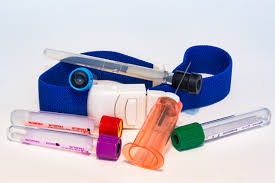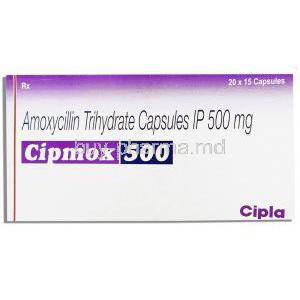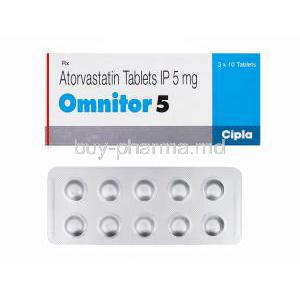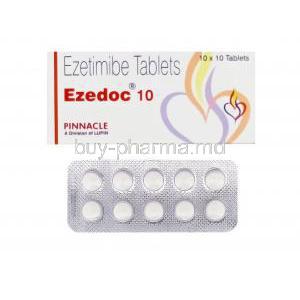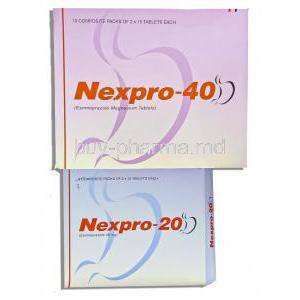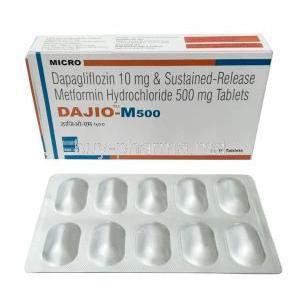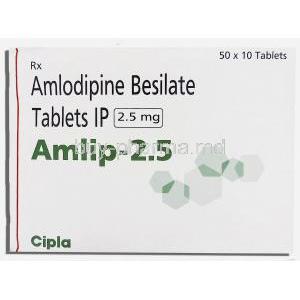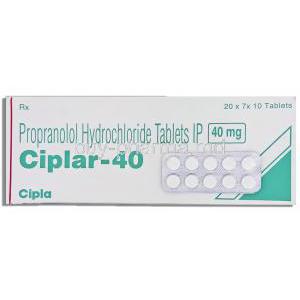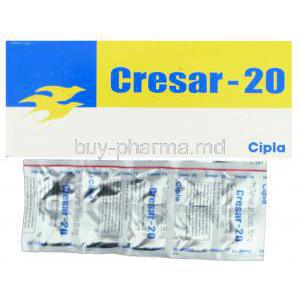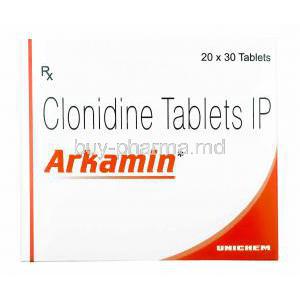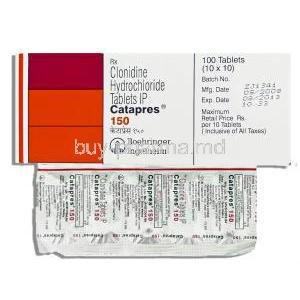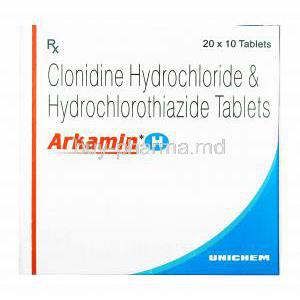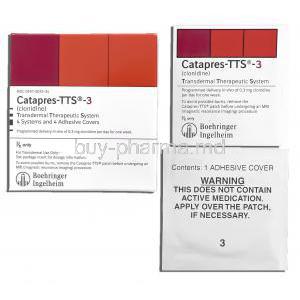Torasemide
- Introduction to Torasemide
- Composition and Properties of Torasemide
- How Torasemide Works
- Uses of Torasemide
- Off-label Uses of Torasemide
- Dosage and Administration of Torasemide
- Side Effects of Torasemide
- Important Precautions and Warnings
- Careful Administration
- Overdose and Emergency Management
- Storage, Handling, and Disposal of Torasemide
Introduction to Torasemide
Torasemide, a loop diuretic, is well known for its effectiveness in handling fluid retention and controlling blood pressure. Its distinct pharmacokinetic characteristics set it apart from similar medications, making it a key component in treating various heart-related conditions. Since its introduction, Torasemide has been extensively studied in trials, solidifying its position in the medical field for addressing swelling and high blood pressure. Its evolution reflects the progress made in drug therapy throughout the years. In today's landscape, Torasemide plays a crucial role in managing symptoms and enhancing the quality of life for patients dealing with issues like heart failure and kidney problems, showcasing its significant impact on modern healthcare practices.
Composition and Properties of Torasemide
The structure and composition of Torasemide allow it to target the tubules selectively, reducing side effects while maximizing therapeutic advantages. Its chemical makeup is tailored for intravenous use. In terms of its properties, this medication has a quick onset of action and sustains its diuretic effects over an extended period, thanks to its unique characteristics.
These attributes support fluid regulation in medical scenarios. When compared to diuretics Torasemide boasts better bioavailability and a more consistent diuretic response making it a preferred choice, for the ongoing management of chronic conditions.
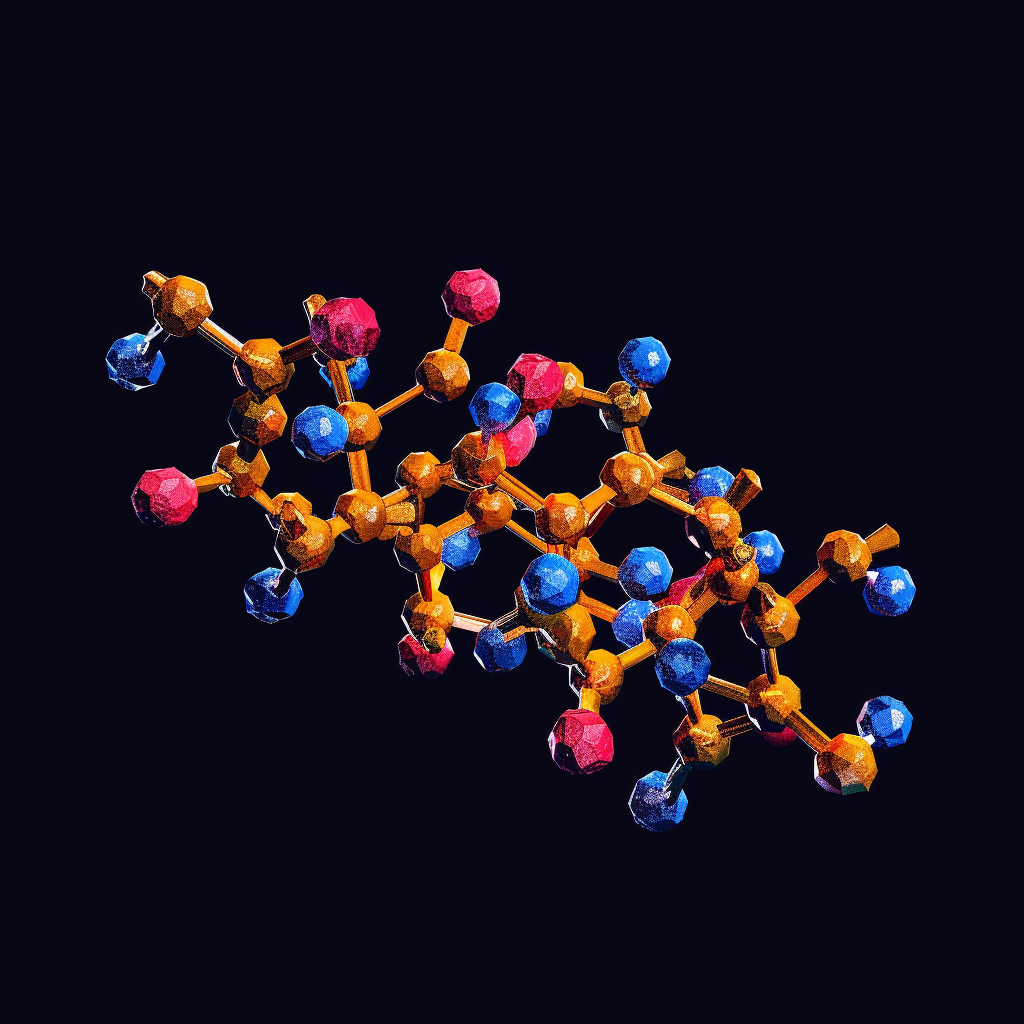
How Torasemide Works
Torasemide works by targeting the ascending limb of the loop of Henle, where it blocks the sodium potassium chloride cotransporter. This action leads to a diuretic effect, helping to eliminate excess fluid and sodium from the body.
In terms of its effects on the system Torasemide plays a significant role, in improving kidney function by promoting the excretion of water and electrolytes ultimately reducing fluid retention.
One notable aspect of Torasemide is its ability to carefully manage levels, which sets it apart from other diuretics and helps minimize the risk of electrolyte imbalances often associated with such treatments.
Uses of Torasemide
Torasemide is a diuretic used to treat hypertension and edema associated with heart failure, renal failure, or liver disease. It is also approved as an antihypertensive agent either alone or in combination with other antihypertensives.
Off-label Uses of Torasemide
-
Investigating Applications:
- Torasemide, a loop diuretic, is authorized for treating fluid retention (edema) in individuals with heart failure, liver disease, or kidney disease. Additionally, it is used to manage high blood pressure (hypertension), which may reduce the risk of stroke or heart attack123.
-
Supporting Evidence and Individual Cases:
- Recent research and real-life examples suggest that Torasemide might have the potential for off-label use. However, these findings are approached with careful optimism.
Dosage and Administration of Torasemide
Typical dosing recommendations: The amount of Torasemide prescribed is customized to suit the person's requirements, considering the seriousness of symptoms and treatment objectives. Initial doses and alterations adhere to recognized protocols. Tailored adjustments: It is essential to modify doses for individuals with kidney or liver issues to prevent buildup and potential harm.
Options for administration methods and formulations: Torasemide is accessible in injectable versions, providing versatility in addressing both immediate needs and long-term care.
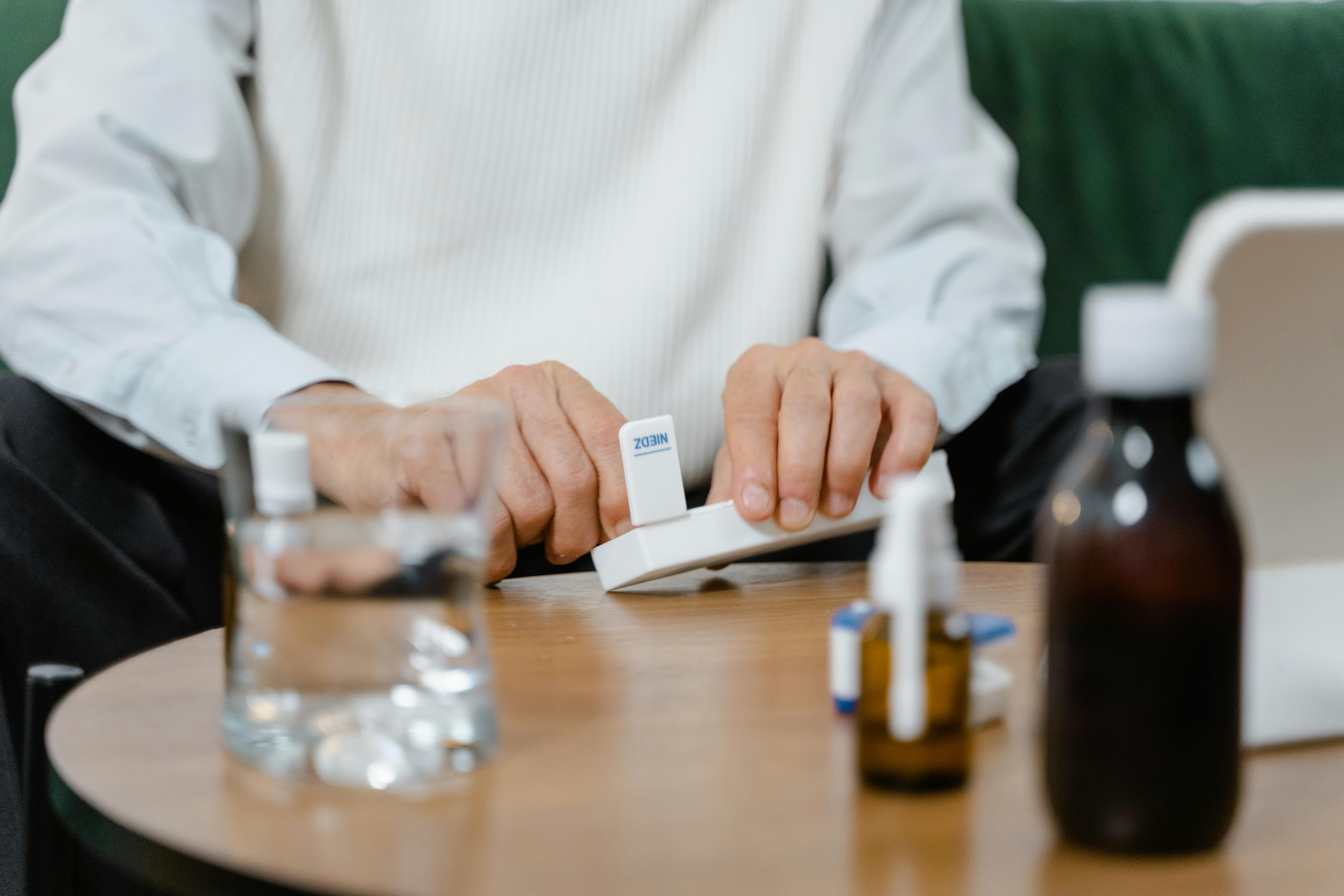
Side Effects of Torasemide
Potential common reactions; Although usually well received Torasemide might lead to side effects related to increased urination like imbalances in electrolytes, dehydration and low blood pressure.
Uncommon but serious negative responses; In cases it could trigger ear toxicity especially when taken at high doses or by individuals with kidney issues.
Ways to handle and reduce risks: Keeping a check on the situation and making necessary adjustments to the dosage play a vital role in dealing with side effects and ensuring the safe administration of Torasemide.
Important Precautions and Warnings
Usage Restrictions; Avoid using Torasemide in patients who're allergic to the medication have anuria or suffer from severe kidney failure. It is essential to prescribe Torasemide with care. Special Precautions for Specific Groups;
- Older Individuals; Due to a higher risk of side effects it is crucial to administer precise doses and closely monitor elderly patients.
- Pregnant Women and Nursing Mothers; The safety of Torasemide remains uncertain in these groups so a cautious approach is advised.
- Children; When considering the use of Torasemide in children a thorough evaluation of risks versus benefits is necessary due to data availability.
- Interactions with Drugs and Substances; Torasemide has the potential to interact with various medications such, as NSAIDs and lithium. Therefore, it is important to assess concurrent medications.
Careful Administration
Guidance for managing groups: It is crucial to carefully consider the dosage and monitoring procedures for older adults, pregnant women, and children to achieve effectiveness while reducing risks.
Regular monitoring of kidney function, electrolyte levels, and blood pressure is essential to adjust treatment according to the patient's changing condition.
Overdose and Emergency Management
Signs and symptoms of overdose: The clinical manifestations of a Torasemide overdose can encompass a spectrum of symptoms, ranging from profound diuresis to severe electrolyte imbalances. Patients may present with dehydration, hypotension, dizziness, confusion, or even fainting as the body's fluid and electrolyte levels become critically unbalanced.
- Profound diuresis leading to dehydration
- Hypotension and electrolyte imbalances
- Neurological symptoms such as dizziness, confusion, and fainting
Immediate actions and antidotes: In the event of an overdose, immediate medical intervention is paramount. The initial approach involves supportive care to stabilize the patient's condition, including fluid and electrolyte replacement. There is no specific antidote for Torasemide overdose, making the management of symptoms crucial. Monitoring vital signs and electrolyte levels is essential for guiding treatment decisions.
- Supportive care with fluid and electrolyte replacement
- Monitoring of vital signs and electrolyte levels
Long-term management of overdose effects: Following stabilization, the focus shifts to the long-term management of any residual effects. This may involve adjusting the dosage of Torasemide, implementing dietary modifications to restore electrolyte balance, and close monitoring for any signs of renal impairment or other organ damage.
- Adjustment of Torasemide dosage and regimen
- Dietary modifications to restore and maintain electrolyte balance
- Close monitoring for signs of organ damage
Storage, Handling, and Disposal of Torasemide
Proper Storage and Shelf Life Guidelines; It is recommended to store Torasemide at room temperature in an dry place to maintain its effectiveness and prolong its shelf life. The packaging usually contains instructions on storage conditions and the expiration date, which should be followed strictly to ensure the medication's potency. Remember to store it from light and moisture for optimal preservation.
Adhering to Expiration Dates for Safety; To guarantee the safety and effectiveness of Torasemide it is important to adhere to the expiration date indicated on the packaging. This ensures that the medication retains its potency and reliability throughout its intended shelf life.
Safe Handling Precautions: Whether handling Torasemide in tablet form or as an injection, it is essential to observe safety precautions to prevent contamination or accidental exposure. Healthcare professionals should wear protective equipment during handling, and any spills of the medication should be promptly cleaned up following established safety protocols.
Responsible Disposal Practices and Environmental Awareness: Proper disposal of Torasemide is crucial in minimizing impact. Avoid disposing of expired medication through wastewater or household waste channels. Instead, consider utilizing pharmacy take-back programs or complying with regulations for pharmaceutical disposal to safeguard environmental health.
